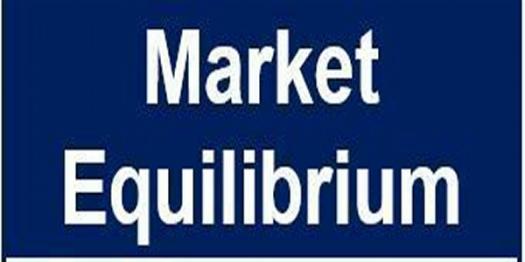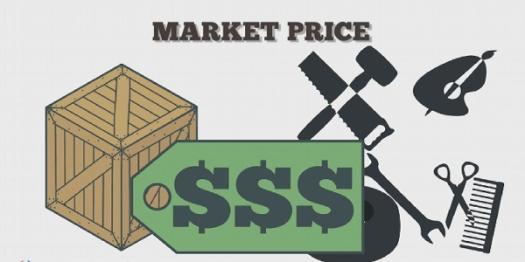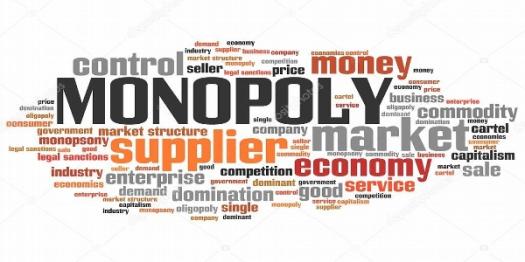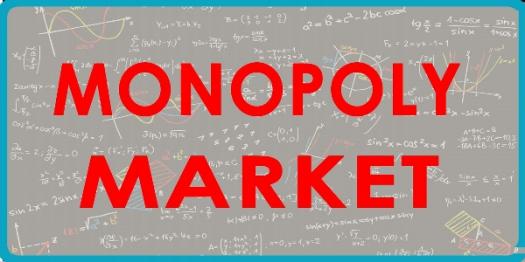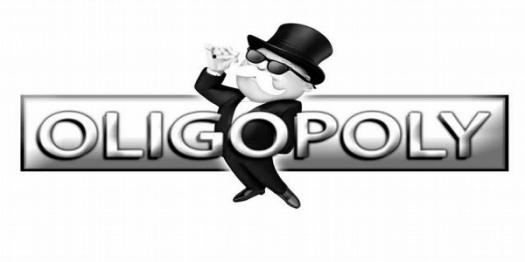Degrees Of Competition Quiz

Where there is a business involved, there is competition. This quiz is totally based on economics and the degree of competition that one has to face. The Demand, supply, quality, quantity, many factors like these affect the competitiveness up to a level. Take this quiz and be rest assured to sail smoothly in the world of economics!
- 1.
Which is the most important in market competitiveness?
- A.
Quantity
- B.
Quality
- C.
Price
- D.
Promotion
Correct Answer
C. PriceExplanation
Price is considered the most important factor in market competitiveness because it directly affects consumer purchasing decisions. A lower price can attract more customers and increase market share. Additionally, price can also influence perceived value and customer satisfaction. While quantity, quality, and promotion are important factors, they are often secondary to price in terms of attracting and retaining customers in a competitive market.Rate this question:
-
- 2.
Which of these is a result of a clash between demand and supply.
- A.
Competitiveness
- B.
Equilibrium
- C.
Prices
- D.
None of the above
Correct Answer
B. EquilibriumExplanation
Equilibrium is the correct answer because it represents a balance between demand and supply. When there is a clash between demand and supply, the market is in a state of imbalance and prices tend to fluctuate. However, when the market reaches equilibrium, the quantity demanded equals the quantity supplied, resulting in a stable price level. Therefore, equilibrium is the outcome of the clash between demand and supply, as it represents a state of balance in the market.Rate this question:
-
- 3.
What determines price?
- A.
Competition
- B.
A leading firm
- C.
Action of demands and supply
- D.
A meeting
Correct Answer
C. Action of demands and supplyExplanation
The action of demands and supply determines price. Price is influenced by the interaction between the quantity of a product or service that is demanded by consumers and the quantity that is supplied by producers. When demand exceeds supply, prices tend to rise, whereas when supply exceeds demand, prices tend to fall. This dynamic relationship between demand and supply is what ultimately determines the price of a product or service in the market. Competition and the presence of a leading firm can also affect prices, but they are secondary factors compared to the fundamental forces of demand and supply.Rate this question:
-
- 4.
One of these is true about a monopolistic market?
- A.
Products are differentiated
- B.
One firm has absolute power
- C.
Products are direct substitute
- D.
Producers determine price.
Correct Answer
A. Products are differentiatedExplanation
In a monopolistic market, products are differentiated, meaning that there are slight differences or unique features among the products offered by different firms. This allows each firm to have some control over the price and demand for their product. Unlike in a perfectly competitive market, where products are identical, in a monopolistic market, firms have some degree of market power and can differentiate their products to attract customers. This differentiation creates a certain level of competition among firms, but each firm still has some control over the price of their product.Rate this question:
-
- 5.
An individual controls market in a monopolistic market.
- A.
True
- B.
False
- C.
Inconclusive
- D.
Sometimes
Correct Answer
A. TrueExplanation
In a monopolistic market, there is only one seller or producer who has control over the market. This means that the individual can set prices, determine the quantity of goods or services supplied, and has the ability to influence market conditions without competition. Therefore, the statement "An individual controls market in a monopolistic market" is true.Rate this question:
-
- 6.
Which is the healthiest form of competition where no firm absolute control of prices?
- A.
Monopoly
- B.
Monopolistic market
- C.
Perfect competition
- D.
Oligopoly
Correct Answer
C. Perfect competitionExplanation
Perfect competition is the healthiest form of competition where no firm has absolute control over prices. In a perfect competition market, there are many buyers and sellers, and no single firm has enough market power to influence prices. This ensures that prices are determined by the forces of supply and demand, rather than being controlled by a single dominant player. In this type of market, firms are price takers, meaning they have to accept the prevailing market price for their goods or services. This promotes efficiency and prevents any one firm from exploiting consumers by charging excessively high prices.Rate this question:
-
- 7.
No firm can determine price in a perfect Competition.
- A.
True
- B.
False
- C.
Inconclusive
- D.
Sometimes
Correct Answer
A. TrueExplanation
In a perfectly competitive market, there are many buyers and sellers, and no single firm has control over the market price. Each firm is a price taker and must accept the prevailing market price. This is because there are no barriers to entry or exit, and all firms produce identical products. As a result, no individual firm can influence the market price and must accept it as given. Therefore, the statement that no firm can determine price in a perfect competition is true.Rate this question:
-
- 8.
Oligopoly has a lot of sellers.
- A.
True
- B.
False
- C.
Inconclusive
- D.
Sometimes
Correct Answer
B. FalseExplanation
Oligopoly is a market structure characterized by a few large sellers dominating the market. It is the opposite of having a lot of sellers. Therefore, the statement "Oligopoly has a lot of sellers" is false.Rate this question:
-
- 9.
In perfect competition, all products are similar.
- A.
True
- B.
False
- C.
Inconclusive
- D.
Sometimes
Correct Answer
A. TrueExplanation
In perfect competition, all products are similar because there are many sellers offering identical or very similar products. This means that consumers have no preference for one seller's product over another. In this type of market structure, sellers have no control over the price and must accept the market price determined by supply and demand. This ensures that there is no product differentiation and all sellers are price takers. Therefore, the statement "all products are similar" is true in perfect competition.Rate this question:
-
- 10.
Which of these has the most sellers?
- A.
Pure competition
- B.
Monopolistic market
- C.
Oligopoly
- D.
Monopolies
Correct Answer
A. Pure competitionExplanation
Pure competition typically has the most sellers compared to the other market structures listed. In a pure competition market, there are numerous small firms that offer similar products or services. These firms have no control over the market price and must accept the prevailing price determined by market forces. Due to the low barriers to entry and exit, new firms can easily enter the market, resulting in a large number of sellers. In contrast, monopolistic markets, oligopolies, and monopolies have fewer sellers, with some having only one dominant seller.Rate this question:
-
Quiz Review Timeline +
Our quizzes are rigorously reviewed, monitored and continuously updated by our expert board to maintain accuracy, relevance, and timeliness.
-
Current Version
-
Mar 21, 2023Quiz Edited by
ProProfs Editorial Team -
Jan 20, 2019Quiz Created by
Lynn Bradley




